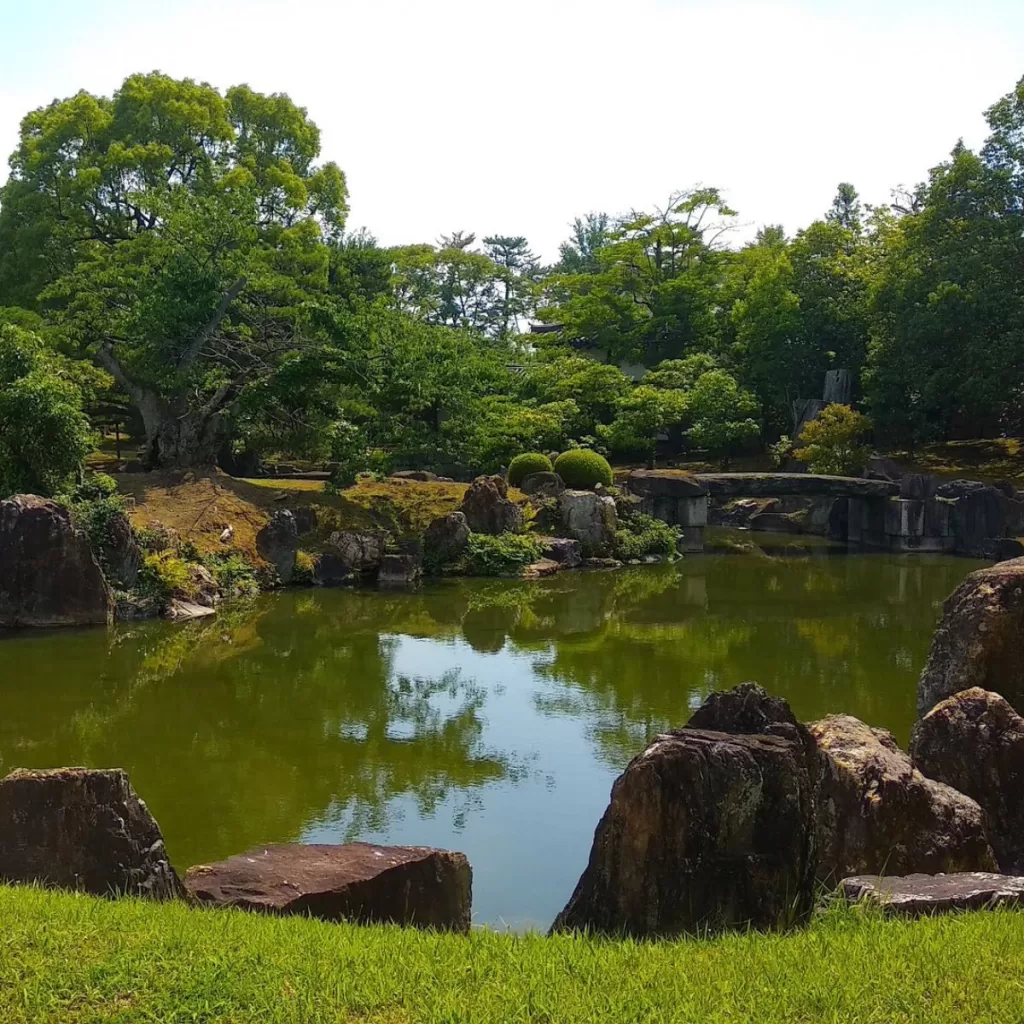Nijo Castle: Former Residence of the Tokugawa Shoguns in Kyoto
Nijo Castle is a historic castle located in central Kyoto, Japan. The castle was originally built in 1603 as the Kyoto residence of Tokugawa Ieyasu, the first shogun of the Edo Period (1603-1867). Ieyasu’s grandson, Tokugawa Iemitsu, completed the castle’s palace buildings in 1626 and further expanded the castle by adding a five-story castle keep.
After the fall of the Tokugawa Shogunate in 1867, Nijo Castle served briefly as an imperial palace before being donated to the city of Kyoto and opened to the public as a historic site in 1939. Today, the castle grounds and buildings are one of the best surviving examples of a feudal lord’s castle palace and were designated a UNESCO World Heritage Site in 1994.
Layout of Nijo Castle
Nijo Castle is laid out in two main concentric rings of fortifications, similar to many other Japanese castles. The outer ring has three gates while the inner ring has two gates. In the southwest corner of the inner wall, there are also the foundations of the former five-story castle keep that was destroyed by fire in 1750.
The inner ring surrounds the Inner Ward, which contains the Honmaru Palace and gardens. The larger Outer Ward, located between the two rings of fortifications, contains the Ninomaru Palace, kitchens, guard house, and several exquisite gardens.
Key Historic Buildings and Places
Ninomaru Palace
The Ninomaru Palace is the main attraction at Nijo Castle. It served as the official Kyoto residence and office of the Tokugawa shoguns whenever they visited the former imperial capital.
The palace has 33 rooms lavishly decorated with painted screens and artworks by the famous Kanō school. The floors are designed to squeak like nightingales when stepped on to alert of intruders.
The palace layout displays how the shogun kept up the charade of deferring to the Emperor’s rule despite holding real power. Visitors of lower rank than the shogun himself were received in outer chambers without a direct view of the shogun.
Ninomaru Garden
Adjacent to the Ninomaru Palace is the stunning Ninomaru Garden, built by the renowned gardener Kobori Enshū. The large pond garden features three islands, ornamental stones, pine trees, and many winding footpaths.
Honmaru Palace
The Honmaru Palace was the shogun’s second palace at Nijo Castle but was destroyed by fires in the 18th century. In 1893, a different palace building was moved here from the Kyoto Imperial Palace.
The Honmaru Palace is not regularly open to the public but there are occasional special viewings. Visitors can also admire the gardens and climb the stone foundations of the former castle keep for views over the castle grounds.
Karamon Gate
The Karamon Gate is the ornate entrance into the Ninomaru area, identifiable by its curved gable in Chinese style. The wood carvings and detailing on the Karamon are a popular spot for photos.
Seiryu-en Garden
This part-Western, part-Japanese garden was built on the castle grounds in 1965 for cultural events and official receptions. It features two tea houses, a pond, and over 1,000 ornamental stones.
Trees
Nijo Castle is home to around 400 camellia trees, 130 plum trees, and 400 cherry trees across 50 varieties that blossom beautifully in spring. The grounds are gorgeous year-round thanks to the seasonal foliage.

History of Nijo Castle
Nijo Castle was built by Tokugawa Ieyasu, the founder and first shogun of the Edo Bakufu which ruled Japan from 1603 to 1867.
It served as the Kyoto residence of the Tokugawa shoguns whenever they visited the old imperial capital to maintain relations with the Imperial Court. The shogunate’s main base was in Edo (now Tokyo).
After the shogunate’s power was restored to the Emperor in 1867, Nijo Castle briefly became an imperial palace. In 1939, it was donated to the city of Kyoto and opened up to visitors as a historic site.
The castle displays the power and wealth of the shoguns. Its lavish Ninomaru Palace is a key surviving example of a Japanese feudal lord’s palace, showcasing ornate painting, carvings, and architecture.
In 1994, the historic ruins of Ancient Kyoto including Nijo Castle were approved as UNESCO World Heritage sites. Nijo Castle remains one of Kyoto’s most popular tourist attractions for both Japanese and international visitors.
If you love exploring the remains of old castles, check out the Nakagusuku Castle Ruins, a fascinating historical site on a hilltop overlooking the east coast of Okinawa Island.